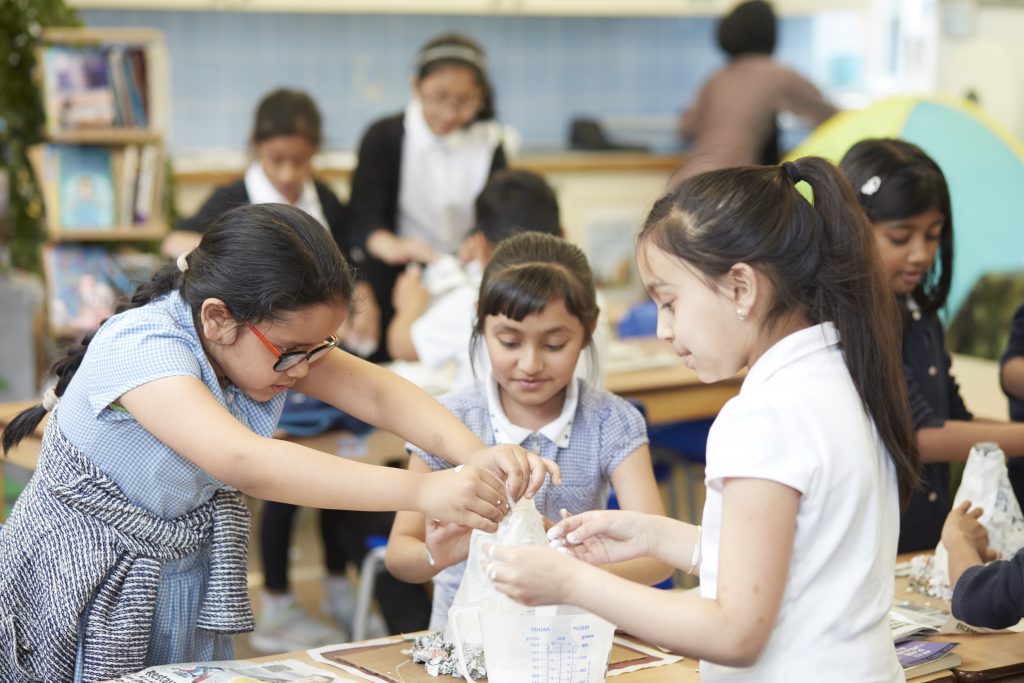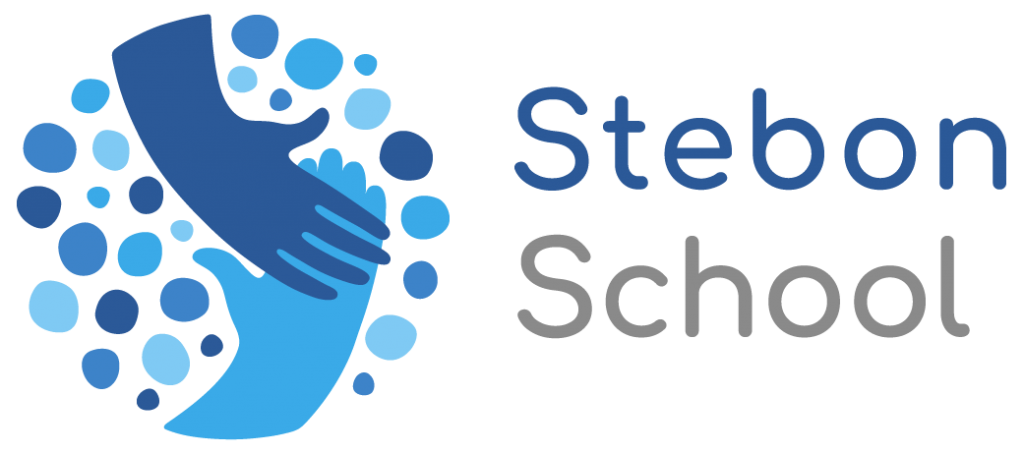What is assessment?
Assessment is the primary source of information that informs planning; the selection of curriculum content, choice of teaching strategies and use of interventions. Assessment is the bridge between teaching and learning.
All teaching staff, pupils and parents are involved in the assessment process. The process is underpinned by a belief that everyone can succeed. Assessment is an integral part of our learning culture. Learning goals are shared with pupils so that they recognise the standards they are aiming for. Pupils are involved in self-assessment. They receive feedback that helps them recognise where and how they can improve and challenge themselves. All school staff interrogate assessment data and, as a result, plan provision effectively for all groups of pupils.
![]() Click here to view the Assessment Policy
Click here to view the Assessment Policy

Why do we assess?
- To find out what children know
- To help us plan where to go next
- To identify misconceptions
- To help us understand how we can support individual children
- To help children learn (the act of reviewing/recalling helps children to remember things better)
Formative assessment
Formative assessment is the cornerstone of successful teaching and learning in all curriculum areas. It is assessment FOR learning (see appendix A),
‘… the process of seeking and interpreting evidence for use by learners and their teachers to decide where the learners are in their learning, where they need to go next, and how best to get them there.’
Assessment Reform Group
It encourages pupils to compare their performance with what it used to be and think about how to improve it.
Formative assessment:
- occurs during the learning
- improves learning
- grows learning
- done with learners
- personally referenced
- process focused
Formative assessment enables:
- Teachers to identify how pupils are performing on a continuing basis. They use this information to provide appropriate support or extension, evaluate teaching and plan future lessons
- Pupils to measure their knowledge and understanding against learning objectives and identify areas in which they need to improve
Summative assessment
Summative assessment is assessment OF learning. We use summative assessments to provide us with information about the academic achievements of our pupils. The data from them is analysed by teachers, subject leaders and senior leaders and then used to inform practice. Summative assessments are timetabled to take place at different points in the school year (see appendix B).
Summative assessment:
- occurs after the learning
- measures learning
- is done to learners
- is externally referenced
- is outcome focused
In-school summative assessment enables:
- Leaders to monitor the performance of pupil cohorts, identify where interventions may be required and work with teachers to ensure pupils are supported to reach age-related expectations
- Teachers to evaluate what pupils know and can do at the end of a unit of work. This informs planning for future learning
- Pupils to understand how well they have understood a topic over a period of time and what they need improve in future
Nationally standardised summative assessment
Nationally standardised summative assessments include:
- Early Years Foundation Stage Profile at the end of Reception
- Phonics screening check in years 1 and 2
- Times table check at the end of year 4
- National Curriculum tests and teacher assessments at the end of Key Stage 1 (year 2) and Key Stage 2 (year 6)
Nationally standardised summative assessment enables:
- Leaders to monitor the performance of pupil cohorts, identify where interventions may be required, and work with teachers to ensure pupils are supported to meet age-related standards
- Teachers to understand national expectations and assess pupils in a broader national context
- Parents to understand how their child is performing in comparison to pupils nationally
Collecting and using data
Our assessment and tracking tool is used across our schools to enable professional conversations in a common language about shared expectations.
Teaching staff collect assessment information ‘live’ for reading, writing and maths on the classroom monitor database. The database provides gaps analysis that helps to inform planning for interventions and whole class work.
Leaders analyse the information from the classroom monitor database. This information helps leaders to ask questions about the quality of provision and pupil progress. They can then effectively target support for staff and pupils.
Reporting to parents
Teachers meet with parents in the Autumn and Spring terms. In the Autumn term, teachers and parents agree how they will work together to support the child with carefully chosen focus areas. In the Spring term teachers and parents talk about the progress the child is making. They decide if they want to change the agreed focus areas.
In the Summer term teachers write a report to share with parents. In the report parents will see how well their child has been progressing across the different subject in the school curriculum. Parents also find out what their child needs to work on next.
Parents may arrange to meet the teacher to talk about the report.
The end of year report includes the statutory data from end of key stage national assessments and attendance information.

